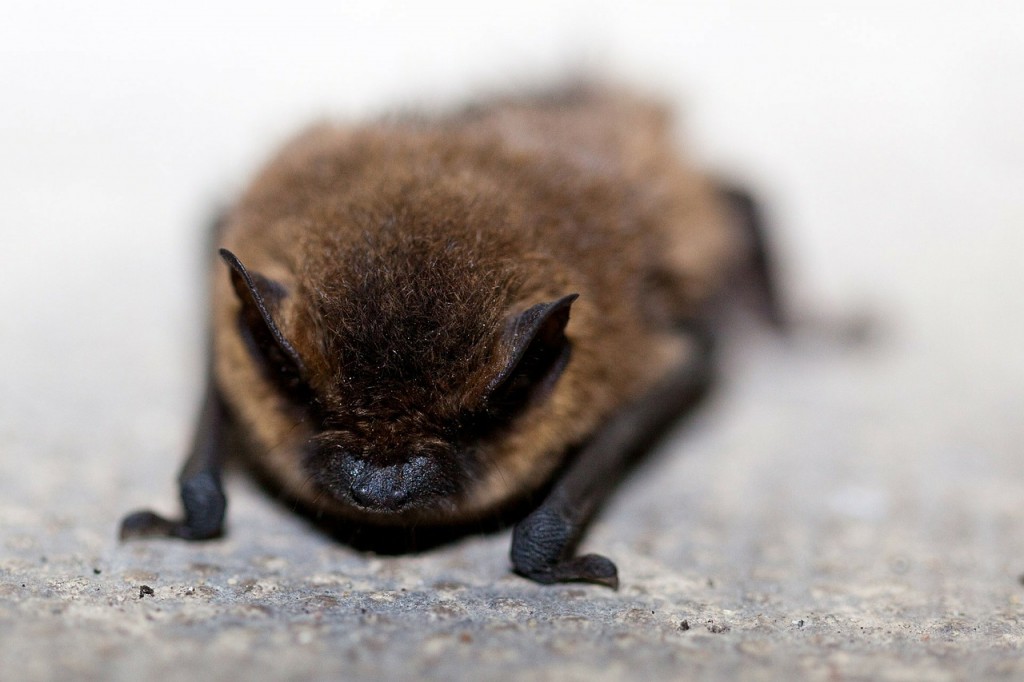 You may not realize it, but there are actually 12 different species of bats that regularly occur in Illinois. Don’t be alarmed; all of the bats who call Illinois home are insectivorous, which means they only hunt insects. Bats are small, winged mammals, who usually weigh no more than a few ounces. Their heads and bodies are covered with fur and their wings have hairless membranes connecting them to the hind legs, body, and forelimbs. Bats are also quite intelligent creatures. Some of the bat species inherent to Illinois include:
You may not realize it, but there are actually 12 different species of bats that regularly occur in Illinois. Don’t be alarmed; all of the bats who call Illinois home are insectivorous, which means they only hunt insects. Bats are small, winged mammals, who usually weigh no more than a few ounces. Their heads and bodies are covered with fur and their wings have hairless membranes connecting them to the hind legs, body, and forelimbs. Bats are also quite intelligent creatures. Some of the bat species inherent to Illinois include:
- Little Brown Bat
- Southeastern Bat
- Indiana Bat
- Eastern Pipistrelle
- Northern Long-Eared Myotis
- Gray Bat
- Silver-Haired Bat
- Eastern Red Bat
- Hoary Bat
- Rafinesque’s Big-Eared Bat
- Evening Bat
- Big Brown Bat
Habitat
Most bats are either colonial or solitary. Colonial bats live together in colonies and solitary bats live as is suggested: alone. Most bats in Illinois roost in trees, caves, mines, rock crevices, and sometimes even under bridges when a cave isn’t available. There are four species of bats in Illinois that have been known to take up residence in buildings or dwellings, including residential homes. Since there is not an abundance of insects during the fall and winter, most bats find a warmer climate or hibernate.
Reproduction
Bats are mammals so their babies (called pups) are born alive (not hatched as some may think) and then nursed. Most females give birth to one or two pups per year, typically in May or June. Bats do not build nests. When pups are born, they climb onto their mothers and hold on to them, except for when the mother has to hunt. Pups can usually fly on their own at about three weeks of age.
Droppings
Bat droppings, called guano, can be easy to spot if you know what you are looking for. To the untrained eye, bat and mouse droppings may look similar, but they really aren’t. Guano is shiny and brittle due to the consumption of insects. You will usually find piles of guano underneath bat roosts.
Little Brown Bat Population Decline
Recently, there has been a drastic decline in the population of the little brown bat. In fact, the decline is so severe, the little brown bat may soon find itself on the federal endangered species list. The decline in population is due to an affliction known as White Noise Syndrome. White Noise Syndrome, a white fungus that grows in the nose of and on the muzzle, tail, and wings of a bat during hibernation, causes the bats to lose their fat reserves, which they desperately need during winter hibernation. Essentially, White Noise Syndrome causes bats to starve to death. The cause of White Noise Syndrome is still unknown, and scientists and wildlife experts at both the state and federal level are continuing to monitor the situation. When it comes to bat removal it is very important to contact the right animal removal to safely and humanely remove bats.



